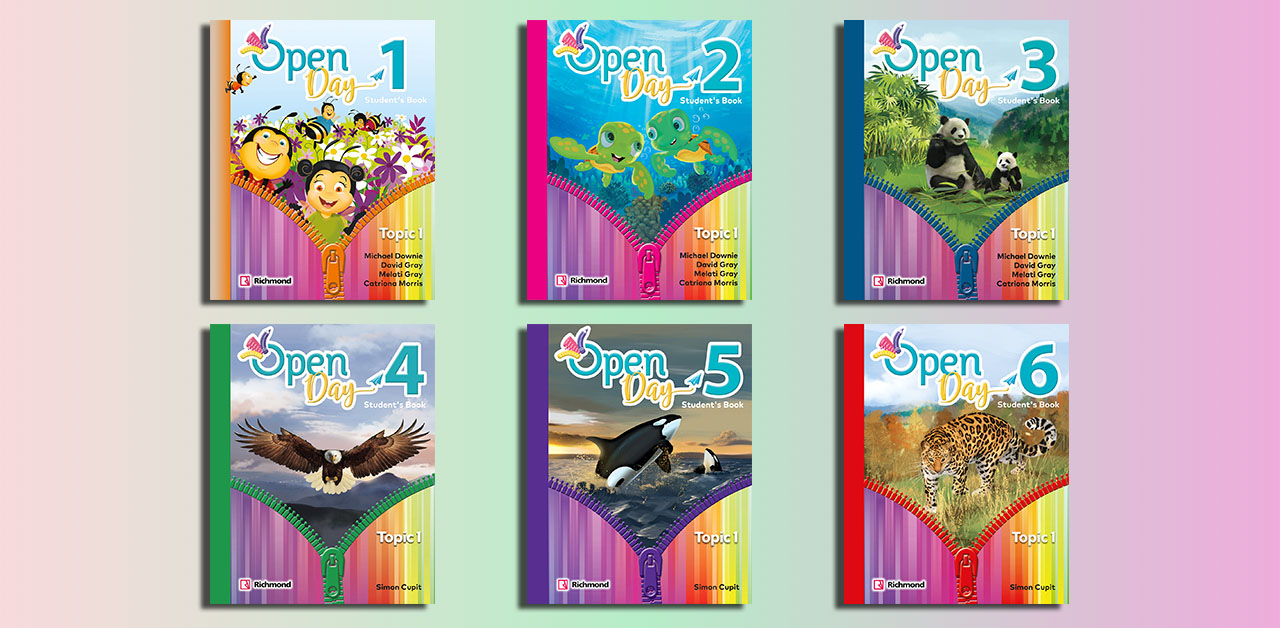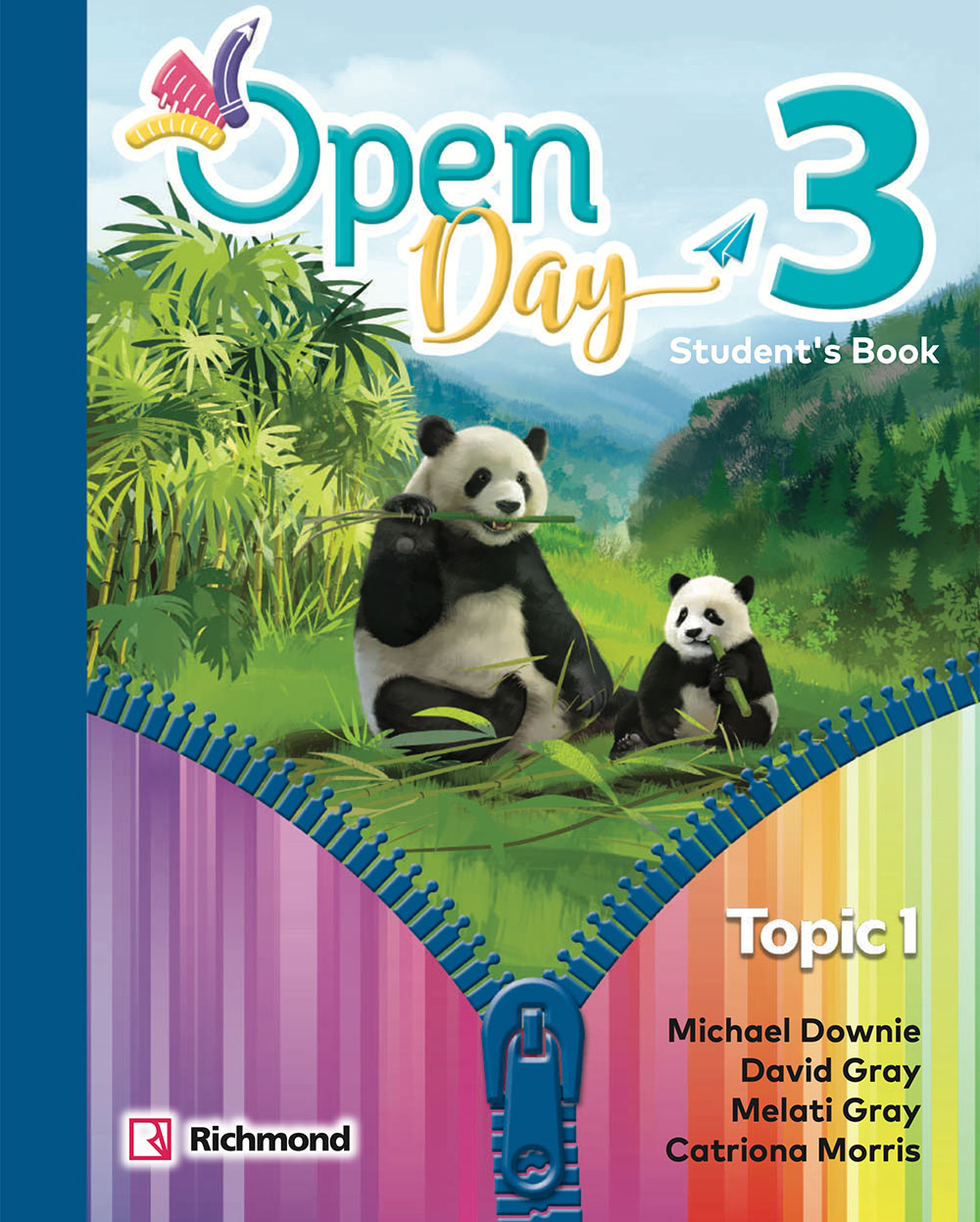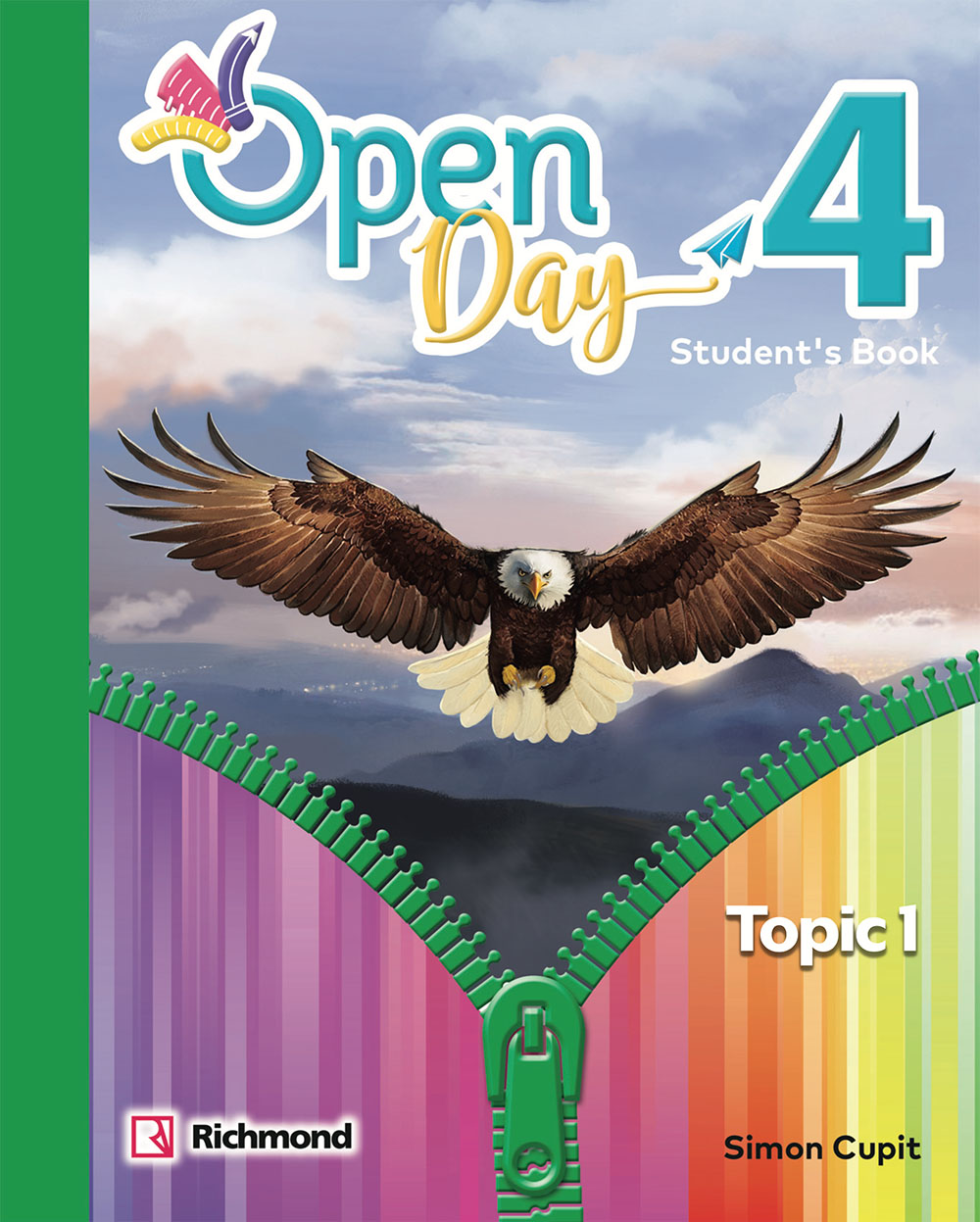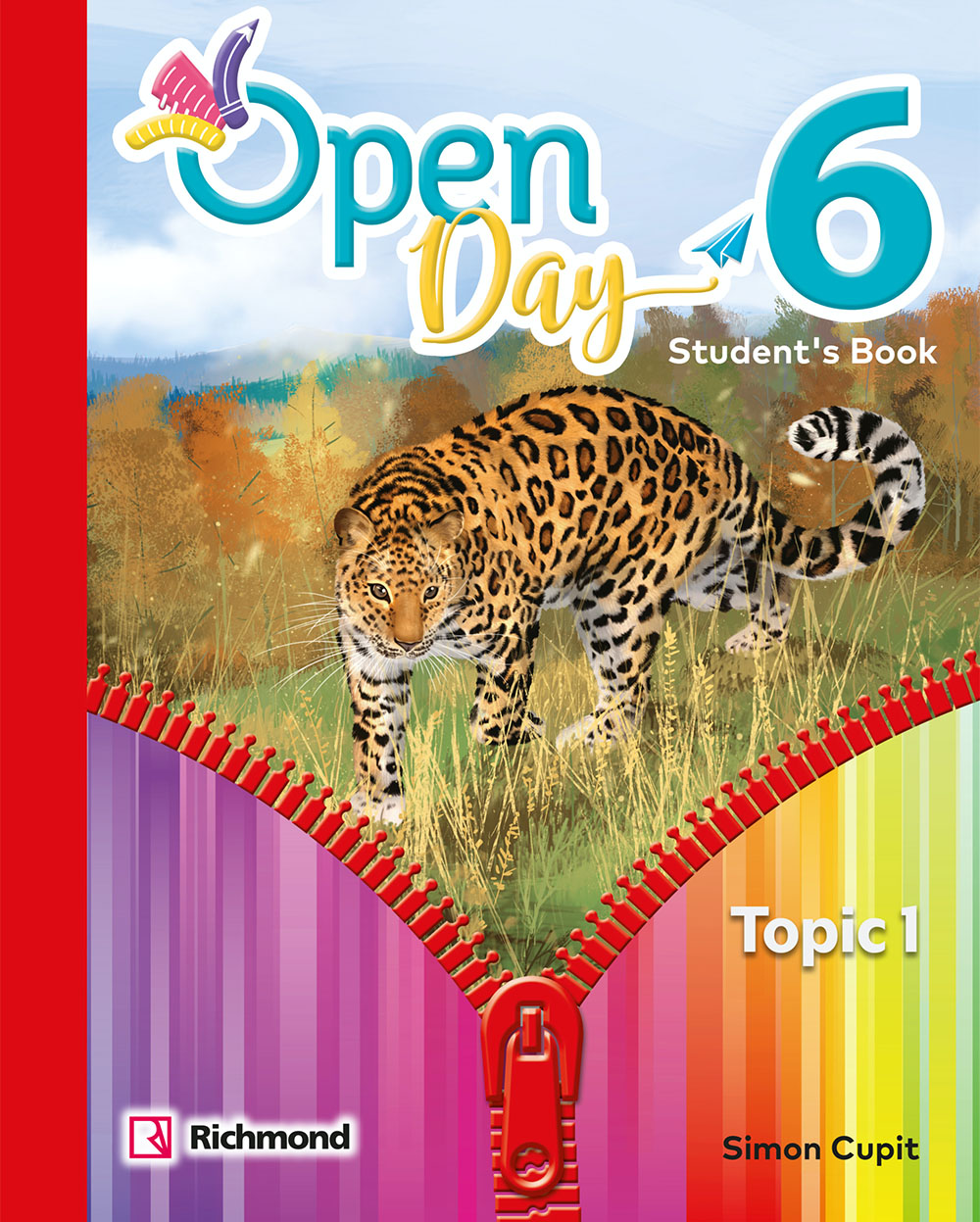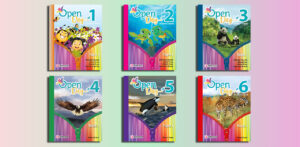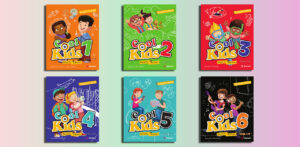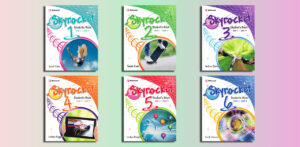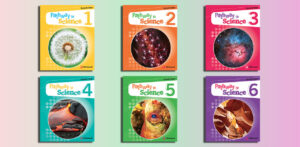Open Day (PDFs, Resources)
Level 1
Open Day 1 Practice Book Audio.zip
Open Day 1 Practice Book.pdf – Sample: Click
Open Day 1 Reader Audio.zip
Open Day 1 Reader.zip
Open Day 1 Student’s Book Audio.zip
Open Day 1 Student’s Book.pdf – Sample: Click
Open Day 1 Teacher’s Book.pdf
Open Day 1 Tests.zip
Open Day 1 Video.zip
Level 2
Open Day 2 Practice Book Audio.zip
Open Day 2 Practice Book.pdf – Sample: Click
Open Day 2 Reader Audio.zip
Open Day 2 Reader.zip
Open Day 2 Student’s Book Audio.zip
Open Day 2 Student’s Book.pdf – Sample: Click
Open Day 2 Teacher’s Book.pdf
Open Day 2 Tests.zip
Open Day 2 Video.zip
Level 3
Open Day 3 Practice Book Audio.zip
Open Day 3 Practice Book.pdf – Sample: Click
Open Day 3 Reader Audio.zip
Open Day 3 Reader.zip
Open Day 3 Student’s Book Audio.zip
Open Day 3 Student’s Book.pdf – Sample: Click
Open Day 3 Tests.zip
Open Day 3 Video.zip
Level 4
Open Day 4 Practice Book Audio.zip
Open Day 4 Practice Book.pdf – Sample: Click
Open Day 4 Reader Audio.zip
Open Day 4 Student’s Book Audio.zip
Open Day 4 Student’s Book.pdf – Sample: Click
Open Day 4 Teacher’s Book.pdf
Open Day 4 Tests.zip
Open Day 4 Video.zip
Level 5
Open Day 5 Practice Book Audio.zip
Open Day 5 Practice Book.pdf – Sample: Click
Open Day 5 Reader Audio.zip
Open Day 5 Reader.zip
Open Day 5 Student’s Book Audio.zip
Open Day 5 Student’s Book.pdf – Sample: Click
Open Day 5 Teacher’s Book.pdf
Open Day 5 Tests.zip
Open Day 5 Video.zip
Level 6
Open Day 6 Practice Book Audio.zip
Open Day 6 Practice Book.pdf – Sample: Click
Open Day 6 Reader Audio.zip
Open Day 6 Reader.zip
Open Day 6 Student’s Book Audio.zip
Open Day 6 Student’s Book.pdf – Sample: Click
Open Day 6 Teacher’s Book.pdf
Open Day 6 Tests.zip
Open Day 6 Video.zip
Overview of the “Open Day” by Richmond
Contents
| ✅ Coursebook: | Open Day |
| ✅ Publisher: | Richmond |
| ✅ Levels: | A1, A2, B1, B1+ |
| ✅ English type: | American English |
| ✅ For: | Primary School |
| ✅ Publication year: | 2023 |
“Open Day” by Richmond is a fun, topic-based primary English course designed for children aged roughly 6–11. The series is usually presented as six main levels (often offered with an optional Starter level, making a complete seven-level program), giving schools a coherent solution from lower primary up to the end of primary. Each unit is built around real-world topics that link to social responsibility, citizenship, and environmental awareness, so children learn English while also thinking about the world around them.
A distinctive feature of Open Day is the “Good Buddies” characters. These friends appear in stories that include animals which are, or have been, critically endangered. Through these stories and related videos, learners meet different species, build empathy, and develop a sense of care for the planet. This combination of engaging characters and meaningful content helps students become more thoughtful, compassionate young people, not just better English users.
Key features of Open Day
Open Day is designed to support both language growth and wider skills development:
- Topic-based, four-skills syllabus – Learners practise listening, speaking, reading and writing through a wide variety of activities, games and projects, all aligned with CEFR standards.
- Exam awareness from an early age – Tasks and formats gently introduce children to international young learner exam styles without turning the course into pure test preparation.
- CLIL and real-world content – Units integrate content from other subjects such as science and geography, helping students make connections between English and their school curriculum.
- Mindfulness and wellbeing – Dedicated mindfulness activities encourage children to focus, manage stress and enjoy the present moment, supporting better learning and social-emotional growth.
- Citizenship and values – Learners explore what it means to be responsible, respectful members of their families, schools and communities.
Open Day 1 Student’s Book
Who is suitable for “Open Day”?
“Open Day” is ideal for primary school children who are beginning their English-learning journey or building on early foundations. It works especially well for:
1. Young learners aged 6–11
- The course is designed around the interests, attention span and cognitive development of lower- and upper-primary students. Its stories, visuals and activities match the way children at this age learn best—through play, exploration and meaningful contexts.
2. Schools needing a complete multi-level primary program
- With six main levels (plus an optional Starter), Open Day suits schools that want a continuous curriculum from Grade 1 to Grade 5/6. It adapts well to both bilingual and international programs.
3. Learners who benefit from structured four-skills practice
- Students who need balanced development in listening, speaking, reading and writing will find the course accessible and motivating. Clear lesson routines help children build confidence step by step.
4. Classes that need values education and life-skills integration
- Open Day is particularly suitable for learners who benefit from content related to citizenship, empathy, environmental awareness, mindfulness and social skills. The “Good Buddies” stories and CLIL sections help children make connections between language and real life.
5. Mixed-ability classrooms
- Its scaffolded activities, visual support, clear instructions and project-based tasks make it a strong fit for learners with varying English levels. Teachers can easily adapt tasks for faster or slower learners.
6. Students preparing for young learner exams
- Children who need early exposure to exam formats (e.g., Cambridge YLE–style tasks) will benefit from the gentle exam awareness built into the course.
Overall, “Open Day” is suitable for any primary learner who needs an engaging, values-based, global-minded English course that supports both language growth and personal development.
Open Day 2 Student’s Book
The benefits of “Open Day”
“Open Day” offers a well-rounded set of benefits that support both language development and the overall growth of young learners. Its design blends engaging stories, real-world topics and structured skill-building, making it a strong choice for primary classrooms.
1. Strong foundation in all four skills
- Learners build balanced proficiency in listening, speaking, reading and writing through clear lesson routines, age-appropriate activities and constant recycling of vocabulary and grammar.
2. High engagement through stories and characters
- The “Good Buddies” characters and animal-themed stories help children stay motivated and emotionally connected to the lessons. These narratives make English learning fun, meaningful and memorable.
3. Development of values and global awareness
- Open Day integrates themes like citizenship, kindness, environmental care and empathy. Children learn how to be responsible members of their communities while building language skills.
Open Day 3 Student’s Book
4. Support for social–emotional learning
- Mindfulness activities encourage students to relax, focus and reflect. This improves classroom behavior, reduces stress and supports healthier learning habits.
5. Real-world and CLIL connections
- Content linked to subjects such as science, geography and social studies helps learners make meaningful connections between English and their wider curriculum.
6. Gentle preparation for young learner exams
- Open Day introduces exam-style tasks in a friendly, low-pressure way, giving children familiarity with formats like Cambridge YLE while keeping lessons enjoyable.
7. Suitable for mixed-ability classrooms
- Differentiated activities, visual support, projects and clear scaffolding allow teachers to adapt lessons easily, ensuring all students can succeed.
8. Comprehensive teaching and learning resources
- With books, audio, video, digital tools and structured teacher support, schools can create consistent, high-quality lessons across all levels.
Overall, “Open Day” helps young learners grow into confident English users while also building character, curiosity and awareness of the world around them.
Open Day 4 Student’s Book
Effective learning strategies for “Open Day”
To help young learners get the most out of Richmond’s “Open Day,” it’s important to combine its built-in features with practical classroom and at-home techniques. Here are highly effective strategies aligned with how the course is designed:
1. Follow the lesson routine consistently
Open Day uses a clear, predictable structure. Keeping lessons in a steady sequence—warm-up, presentation, guided practice, and production—helps children feel secure, stay focused, and understand what is expected each day.
2. Use the “Good Buddies” stories to build understanding
The animal stories and character-based lessons are central to the course. Teachers and parents should:
- Pre-teach key vocabulary with visuals
- Ask prediction questions before reading/watching
- Encourage students to retell the story in their own words
This strengthens comprehension, confidence, and memory.
Open Day 5 Student’s Book
3. Prioritize four-skills balance
Encourage learners to practise all four skills regularly:
- Listening: Use the course audio and repeat-short segments to improve sound recognition.
- Speaking: Pair work, role plays, “show and tell,” and quick dialogues after each activity.
- Reading: Silent reading first, followed by reading aloud to build fluency.
- Writing: Use guided writing frames from the book, then gradually remove support.
4. Integrate CLIL moments into real life
When the course introduces content from science, geography or social studies:
- Bring real objects, photos, or simple experiments
- Ask students to compare with daily life
This deepens meaning and boosts long-term retention.
5. Use mindfulness activities as learning tools
Open Day’s mindfulness tasks help children refocus. Use short breathing exercises or “listen and pause” moments before reading or speaking tasks to improve concentration and reduce stress.
6. Encourage project-based learning
End-of-unit projects (posters, mini-presentations, surveys, simple reports) are excellent for:
- Consolidating vocabulary and grammar
- Boosting creativity and teamwork
- Allowing learners to personalise the language
Teachers should provide models, checklists, and clear steps so children feel confident.
Open Day 6 Student’s Book
7. Practise exam-style tasks in a friendly way
Open Day includes gentle exam awareness. Use these tasks:
- As short warm-ups
- As fun challenges
- In pairs or small groups
This keeps pressure low while building familiarity with test formats.
8. Reinforce learning at home
Parents can help by:
- Reviewing vocabulary with flashcards
- Watching the course videos together
- Asking simple questions about the unit topics
- Encouraging children to show their projects
Just 10–15 minutes of review greatly increases retention.
9. Differentiate for mixed-ability classes
Open Day supports flexible teaching. Use:
- Extra visuals and gestures for beginners
- Extension tasks (longer sentences, extra questions) for stronger learners
- Pairing strong + weaker students for supportive collaboration
10. Make learning playful and interactive
Use games, movement activities, drawing tasks, and storytelling—these match Open Day’s design and help young learners stay engaged.


